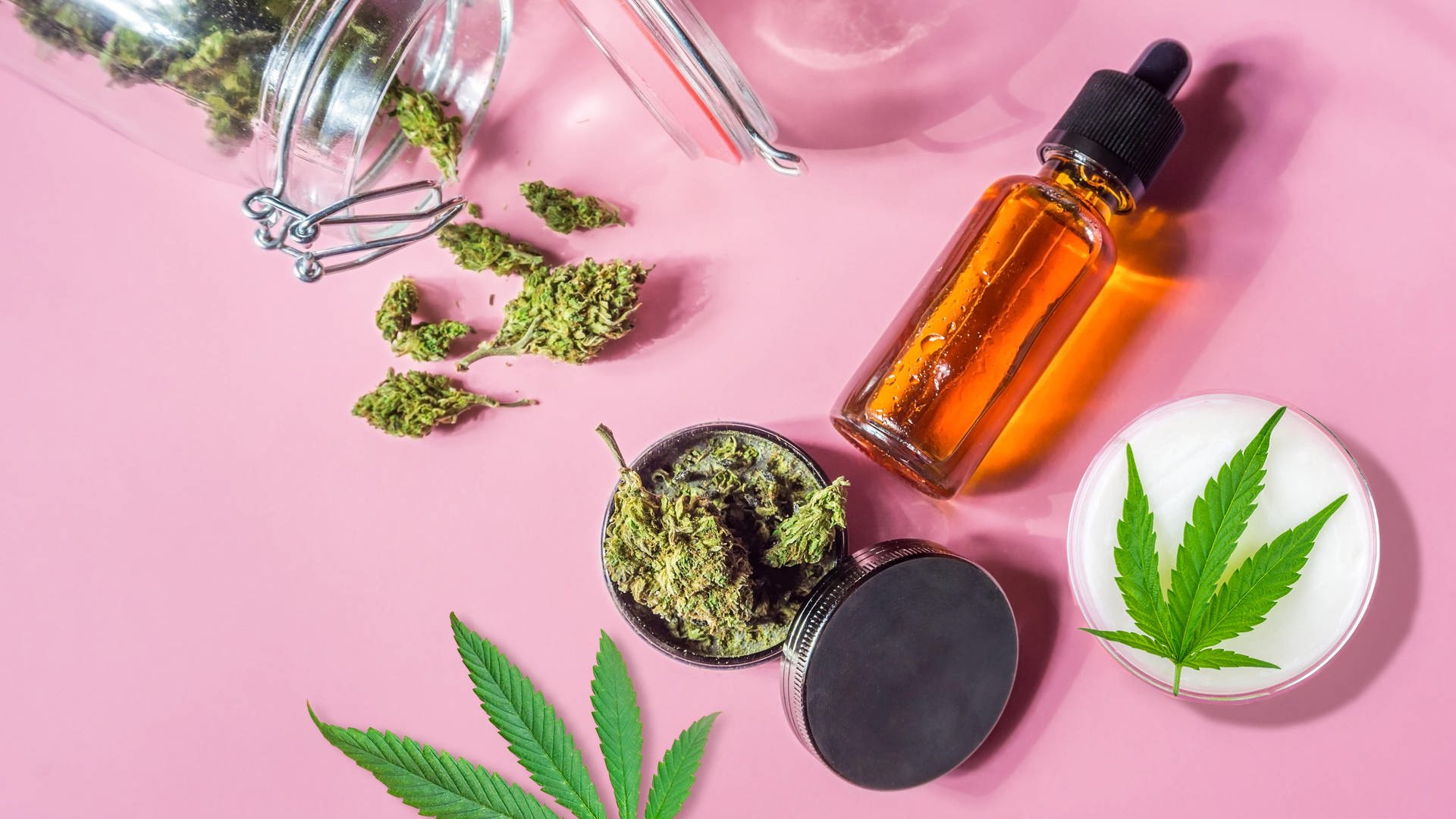
CBD is the naturally occurring compound derived from the hemp plant (Cannabis Sativa), produced usually using the leaves of the plant, but sometimes also the stalk. Deriving from the Cannabaceae family, hemp is a coarse and bushy herb that can grow up to 4m tall, with grey-green leaves that can grow up to 12cm long. Contrary to popular belief, there are over 80 chemicals, known as cannabinoids, identified within the Cannabis Sativa plant, with CBD (short for Cannabidiol) being just one of these.
CBD Derives From hemp
The hemp plant itself has had multiple different uses since its discovery, including being utilised as a strong and fibrous material and at one time being a crucial raw material used for textiles, paper and even rope for ships and tents. CBD is still to this day being researched for its medicinal properties, with the market having expanded in recent years to include products such as Vitabiotics CBD, e-liquids, supplements, and balms.
Cannabidiol has been studied since the 1940s, where research began in the USA. The chemical formulation of CBD was proposed by scientists as a method for isolating the active compounds from the wild hemp plant, the stereochemistry for which was determined in the early 1960s. Since then, many research studies have taken place to see how this compound can benefit people with a range of conditions such as anxiety and inflammation.
Research Is Still Ongoing
Though research and studies regarding the properties of CBD are still ongoing, medical cannabis may be prescribed by a specialist doctor for people suffering from specific health conditions such as Multiple Sclerosis, rare and severe forms of epilepsy and for those undergoing chemotherapy treatment (to ease the symptoms of nausea and vomiting).
Three Types Of CBD
CBD can be seen being advertised and marketed on various different social media platforms in the current digital age; more and more users of social channels are looking to influencers and celebrities to source user experience. Natural CBD is available in three different types – Broad-Spectrum CBD, Full-Spectrum CBD and CBD Isolate. The CBD Isolate is the purest form of natural CBD and is also THC (Tetrahydrocannabinol) free.
A Benefit To Various Conditions
The cannabis plant contains a range of different cannabinoids and some of these are psychoactive, meaning they can make changes to the functions of the mind and body such as a person’s mood, consciousness, perception, behaviour or cognition, however CBD is not psychoactive. Tetrahydrocannabinol is a psychoactive component of the plant and is therefore not permitted in CBD products (no detectable traces to the 6th decimal).
Final Thoughts
Research into CBD has evolved considerably over the last 80 years and its popularity as a soothing and pain-relieving supplement has grown exponentially. With various types and formulations of CBD to choose from, from oral to topical, people suffering with pain or anxiety have a variety of options to pick from to ease their conditions and alleviate symptoms for greater wellbeing.
